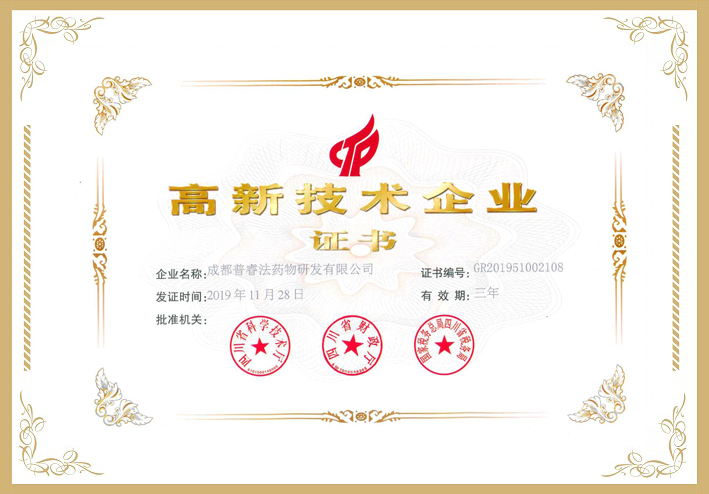Summary
Candida albicans is a common human fungal pathogen. The previous study revealed that quinone compounds showed antimicrobial activity against C. albicans by inhibiting cell growth. However, it was unclear whether quinones have other antifungal effects against C. albicans in addition to fungicidal effects. In this study, we assessed the inhibitory activity of a total of 25 quinone compounds against C. albicans morphological transition, which is essential for the pathogenicity of C. albicans. Several quinones exhibited strong inhibition of mycelium formation by C. albicans SC5314. Three leading compounds, namely hypocrellins A, B and C, also exhibited marked attenuation of C. albicans SC5314 virulence in both human cell lines and mouse infection models. These three compounds significantly suppressed the proliferation of C. albicans SC5314 cells in a mouse mucosal infection model. Intriguingly, hypocrellins not only attenuated the cytotoxicity of a nystatin‐resistant C. albicans strain but also showed excellent synergistic effects with antifungal agents against both wild‐type C. albicans SC5314 and the drug‐resistant mutant strains. In addition, hypocrellins A, B and C interfered with the biological functions and virulence of various clinical Candida species, suggesting the promising potential of these compounds for development as new therapeutic agents against infections caused by Candida pathogens.
hypocrellin A,hypocrellin B.hypocrellin C were purchased from Biopurify'''























